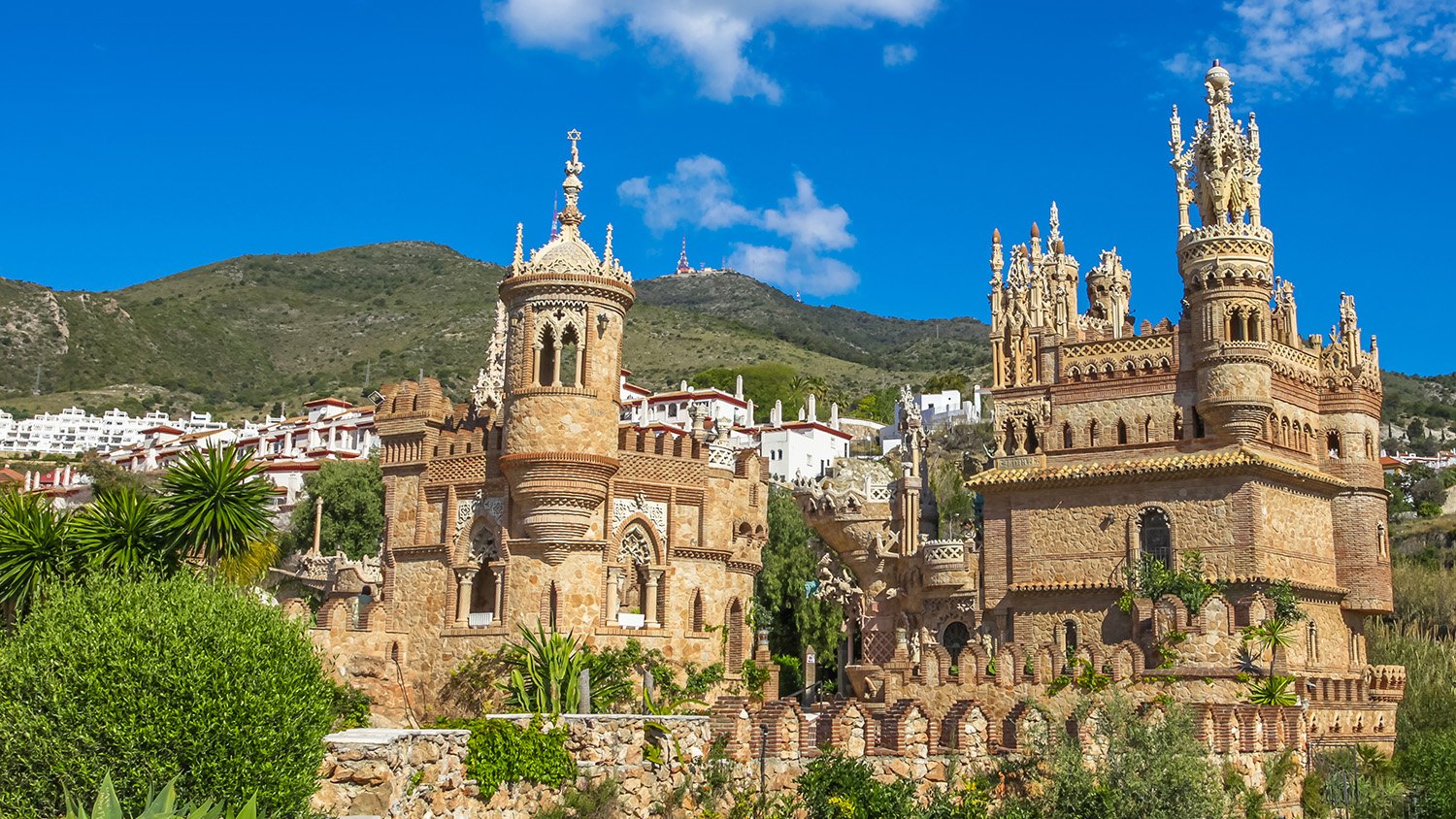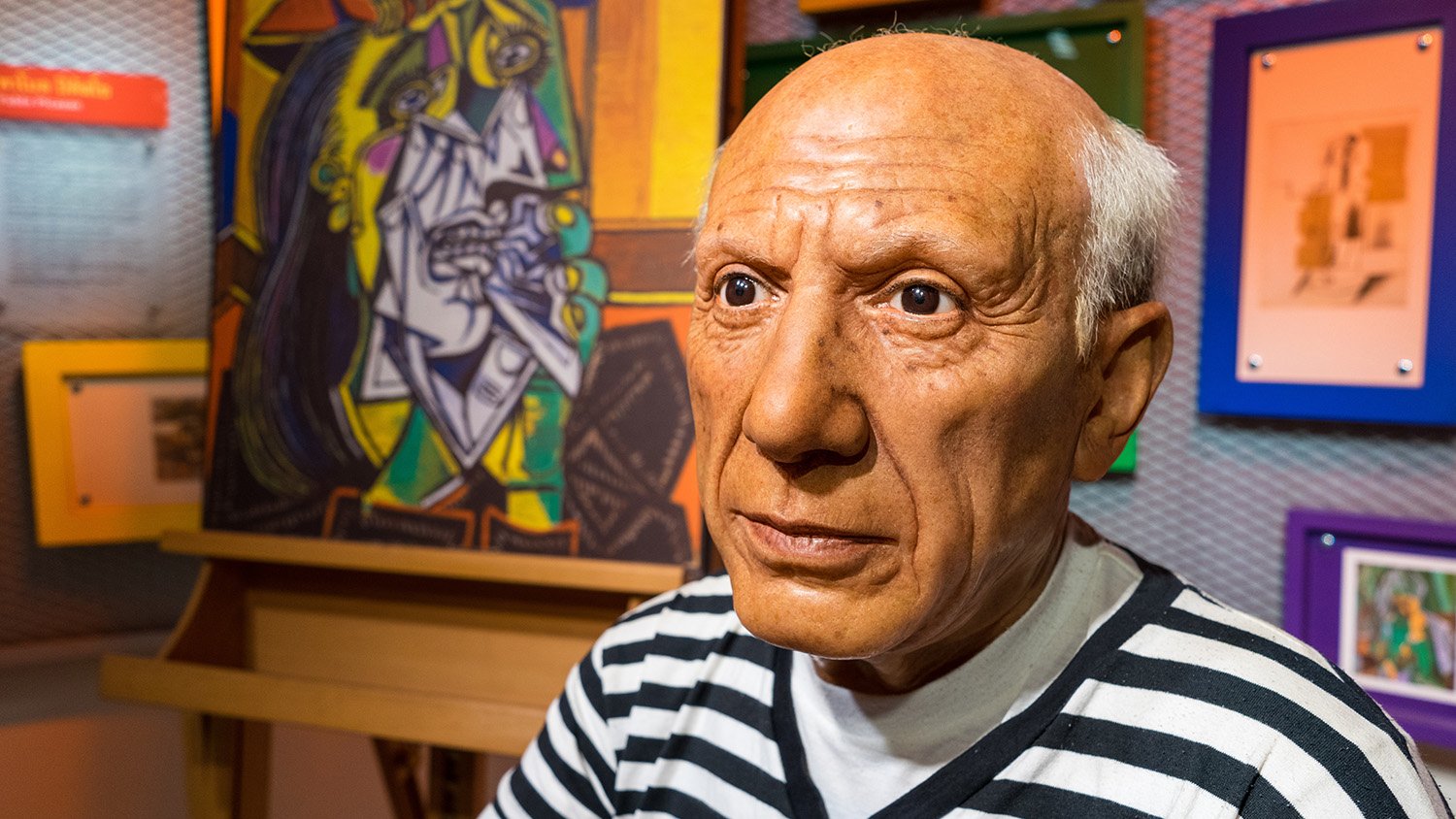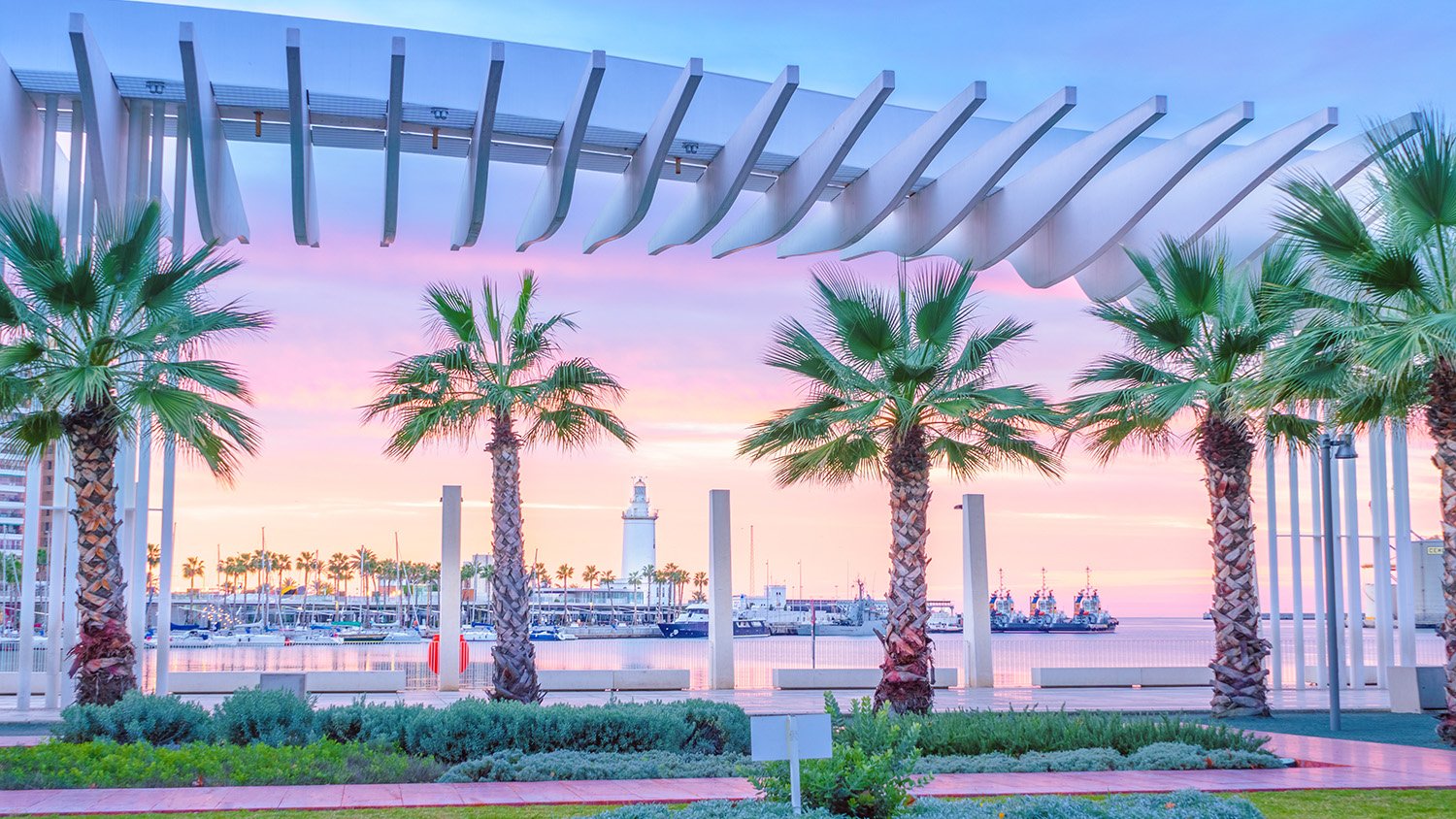Alcazaba
Málaga (then known as Mālaqah) spent eight long centuries under Islamic rule, but much of Islamic Málaga has been resigned to the bin of history. Not so its most iconic and magnificent structure of course — the positively palatial Alcazaba. This 11th century fortress (‘Alcazaba’ literally translates as ‘citadel’) is the great cultural attraction of the city, a fabulously well-preserved citadel that is as good as it gets when it comes to Islamic architecture in 11th century Spain. The fortress is found at the foot of Gibralfaro Hill and is made up of two walled enclosures (an outer and inner citadel) that give a whisper to the magical past of this city. This may well be the first port of call for culture vultures heading to Málaga for the first time.
Málaga Cathedral
If you are wandering around the centre of Málaga then it is nigh on impossible to miss the city’s eponymous cathedral. Well, we say ‘eponymous’, what we actually mean is the Cathedral of Our Lady of the Incarnation’, but cathedral will suffice. Completed in 1782 (it started in 1528), this Renaissance church is more than just another monumental house of worship. This is a landmark, a meeting place, a grandparent and a Málaga must. Our use of the word ‘completed’ isn’t entirely true either, as the cathedral is missing a tower (the money needed was sent to off to finance wars in the Americas). Locals call it the ‘One-Armed Lady’, the reasons for which should be clear.Gibralfaro Castle
Found on the hill of the same name and sat proudly above the Alcazaba, the history of the Gibralfaro Castle is intricately linked to the Islamic citadel that it clings to. The soldiers of the Islamic rulers were housed here, and the castle provided an extra layer of security for the hugely-important fortress. The views from here are marvellous, and an interpretation centre will help you get to grips with the long and storied history of Málaga.Atarazanas Food Market
Not hungry? It doesn’t matter, a visit to Atarazanas Food Market is an absolute must in Málaga. The first thing that gets you is the building itself, an imposing structure that feels important even before you wander through the massive arch, a building that spent time as a hospital and a barracks before its current incarnaton. The hustle and bustle of the market is hard to beat and impossible to match, one of the finest atmospheres in all of Andalusia, as locals and visitors alike shuffle from stall to stall in search of fresh fish, succulent meat and some seriously vibrant fruit and veg.
Botanical Gardens
We’re card-carrying members of the Botanical Gardens Lovers Club (not an actual club), and the green grandeur of the verdant capital of Málaga is predictably wonderful. The gardens were put together in 1855 by a newly-married couple looking to make use of their wealth, but the public didn’t gain access to the gardens until 1994. The gardens is clearly set out with flora from all over the world on show — the ‘Around the World in 80 Trees’ is particularly thrilling. Get the 2 or 91 bus to the gardens, and be sure to get a map with your ticket.Roman Theatre
It might sit in front of the great icon of Málaga’s eight centuries of Islamic rule but the Roman Theatre remains the oldest attraction in the city (not including the whole ‘Mediterranean Sea’ thing). The setting of Roman Spain directly next to its Islamic equivalent is an architectural thrill to say the least. The amphitheatre lay hidden for centuries until its discovery in 1951, and now it is open for all to see.Picasso Museum
Undoubtedly Málaga’s greatest son, Pablo Picasso is everywhere in the city. Picasso enthusiasts owe it to themselves to get to his eponymous museum, a celebration of all things Pablo located in the Buenavista Palace. Almost 300 of the great man’s works are found inside, all donated by his family and available for the adoring eyes of art lovers worldwide. Everything from his early studies to his later life re-workings are found here, in what might be the most authentic Picasso collection on the planet.


Comments